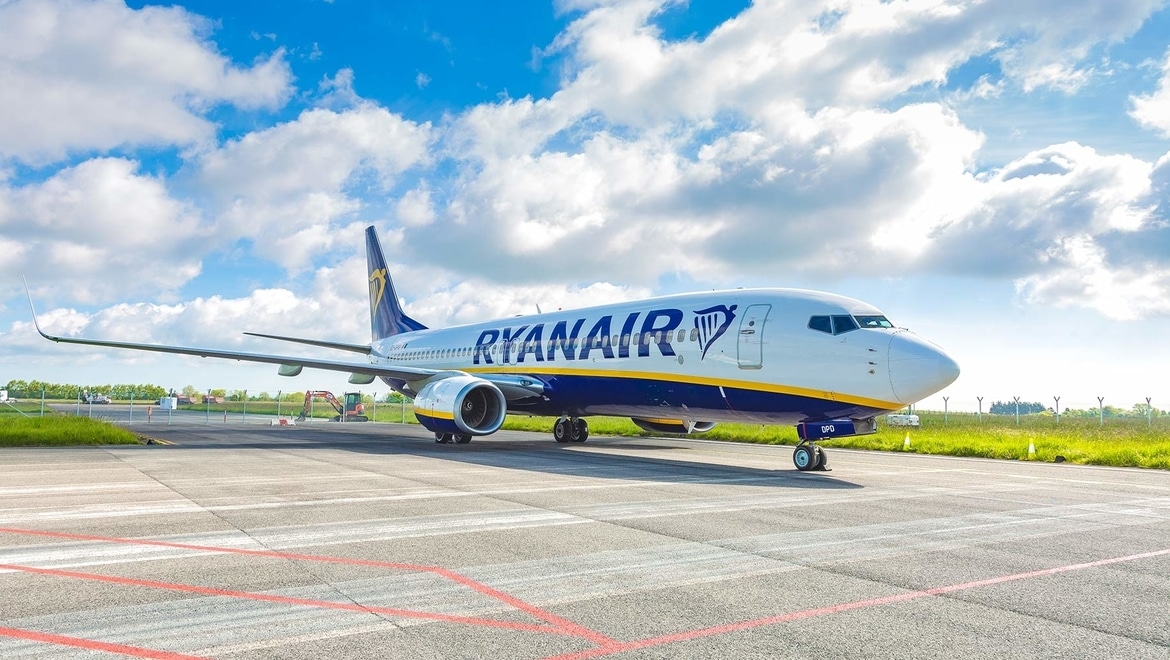
Ryanair manages a fleet of over 450 Boeing 737-800 series aircraft. Prior to the coronavirus outbreak, the Dublin-based ULCC was fielding roughly 2,400 flights per day – yet, after travel restrictions took hold in April, CEO Michael O’Leary announced that the airline was grounding its fleet in entirety.
Over the course of the crisis, airlines around the world have taken differing tacks to keep their surplus jets operational. Airlines headquartered in humid parts of the world – such as Singapore and Cathay Pacific – have opted to store unwanted aircraft at purpose-built dry maintenance facilities to avoid corrosion. Others – like Air France/KLM and Iberia – have sought to temporarily convert passenger aircraft into freighters.
Without a sizeable cargo wing or humidity concerns, Ryanair has instead opted to ground the majority of its fleet at its Dublin hub, where it now carries out regular maintenance on the fleet. Karsten Muehlenfeld, Ryanair’s director of engineering, explains the difficulties associated with maintaining a grounded fleet.
“At Ryanair, the COVID-19 lockdown presented the engineering team with many challenges. We thought a lot about how to maintain our aircraft to the highest safety standards – this included visual inspections every two days as well as test flights every fortnight to ensure all their systems were operating correctly.”










